I am using IS WSO2 for authorization with XACML. I am am able to achieve authorization for static resource. But I am not sure with the design when it comes to granularization.
Example : if I have method like getCarDetails(Object User) where I should get only those cars which are assigned to this particular user, then how to deal this with XACMl?
Wso2 provides support for PIP where we can use custom classes which can fetch data from database. But I am not sure if we should either make copy of original database at PDP side or give the original database to PIP to get updated with live data.
Because Cars would be dynamic for the application eg. currently 10 cars assigned to user Alice. suddenly supervisor add 20 more car in his list which will be in application level database. Then how these other 20 cars will be automatically assigned in policy at PDP level until it also have this latest information.
I may making some mistake in understanding. But I am not sure how to deal with this as in whole application we can have lots of this kind of complex scenario where some times we will get data for one user from more than 4 or 5 tables then how to handle that scenario?
